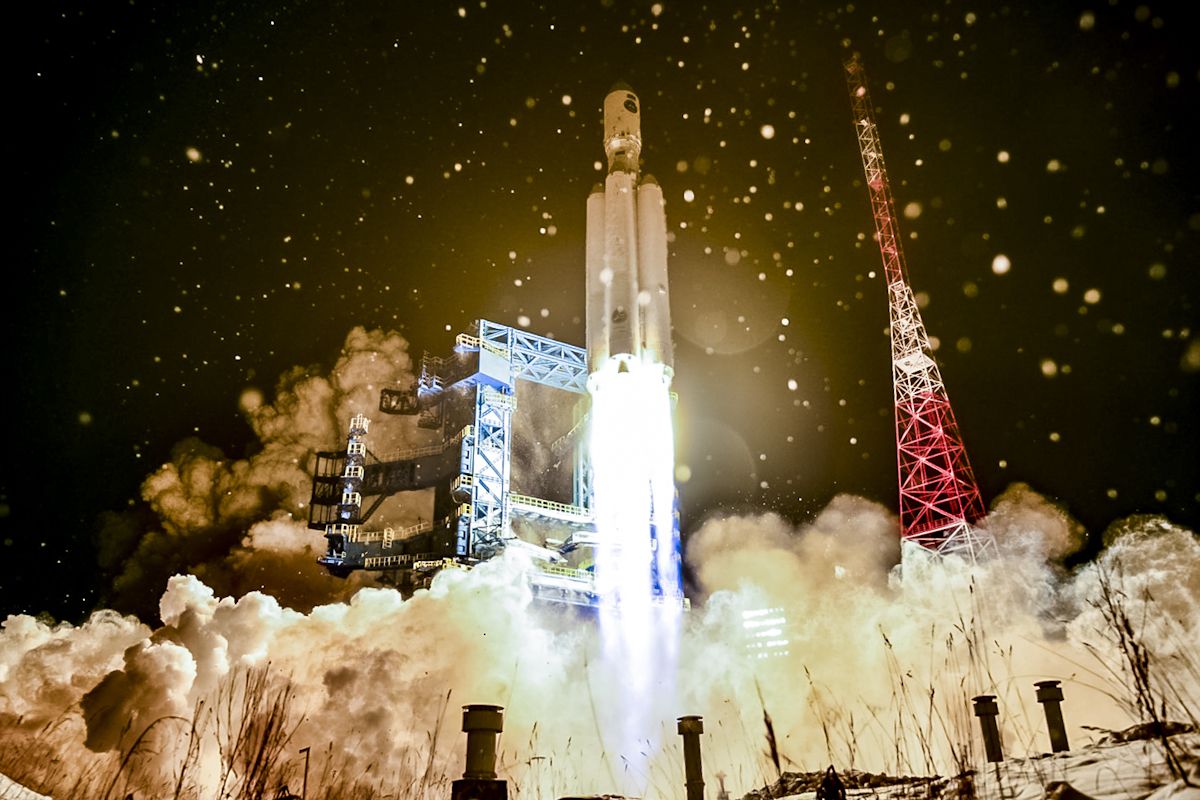NASA's Working on a Helicopter That'll Fly on Mars
This week marks the 11th anniversary of the landing of the Mars Rover Opportunity. It's been an incredible run for the little robot, and such a success that NASA is planning out what new technologies future missions might include. And it looks like future rovers could get flying companions.
NASA scientists at the Jet Propulsion Laboratory in California have unveiled a prototype helicopter drone that could be added to Mars rovers launched in the future.
Because you can't exactly jet over to Mars to dislodge a rover that gets stuck, NASA engineers must be absolutely sure of the path ahead before making any move. They can use the Mars Reconnaissance Orbiter to take pictures of potential routes, but photographs taken from more than 150 miles away aren't nearly as good as those shot from just above the ground. That's why a drone could be the answer.
The scientists have designed a 2.2-pound (on Earth, at least) twin-rotor helicopter that is roughly 3.6 feet from one blade tip to the other. The body is about the size of a tissue box, with four spindly legs poking out from just beneath the bottom of the rotors.
JPL says that the drone could as much as triple the distance that the rover can travel in a Martian day, and allow scientists to examine different areas from the air to determine if they are worthy of further study from the ground.
With gravity on Mars equal to 3.711 m/s2, roughly a third of the 9.807 m/s2 on Earth, aircraft weight is less of an issue than it is on Earth. Instead, the problem is the air. Atmospheric pressure on Mars is a tiny fraction of that on Earth, thus the relatively enormous blades for the tiny helicopter. Scale models are being tested extensively at JPL in a vacuum chamber to simulate the low-density of air on the planet.
The drone must also be completely autonomous, because of the amount of time it takes roundtrip radio communications between the two planets, anywhere from 8 to 48 minutes. It also needs to be hardened to the solar radiation on the planet's surface. In other words, there's a lot of work to do before the next Mars Rover is scheduled to launch, in 2020.









www.space.com
